The world today depends mainly on three crops, viz. rice, wheat and maize to meet more than 50% of dietary energy. Many crops such as jackfruit have the potential to grow well in poor, marginal soils with low inputs and can withstand severe climate or soil stresses. These crops have not received the deserved attention in research and development, production and distribution policies, research of processing and utilization and remain as orphan, underutilized, under-researched, and neglected crops of negligible importance. A few are recently gaining importance as health foods and as source of renewable energy. These plant species play a crucial role in the food security, income generation and food culture of the rural farmers. Their enhanced use can improve nutrition and fight hidden hunger among the underprivileged. With increasing awareness of climate change and land and water degradation, there is growing interest on these plant species adapted to difficult environments.
The jackfruit tree or jack or simply known as jak (artocarpus heterophyllus) belongs to the mulberry family (moraceae) and its fruit, jackfruit, is known as the poor-man's food. Spiny and oval or oblong-shaped fruits can weigh upto 40 kg. The jackfruit is grown in India, Myanmar, Sri Lanka, Southern China, Malaysia, Vietnam, Indonesia and the Philippines and to a limited extent in Queensland, Mauritius, Kenya, Uganda and Zanzibar. Though planted in Hawaii prior to 1888, it is still rare there and in other Pacific Islands. It was introduced into Northern Brazil in mid- 19th century and is more popular there and in Surinam than elsewhere in the new world. It is the national fruit of Bangladesh and Indonesia. Jackfruit gives both food and income.
The editors have made sincere efforts to integrate and include modern science of biotechnology, techniques of jackfruit production, processing, uses, various recipes and marketing so that all persons presently concerned or new entrepreneurs can benefit greatly. Fifty six authors, who are experts on this crop, from major jackfruit-growing countries, have contributed for this book. Many young scientists may not be familiar with the preparation of grant proposals for special funding. An excellent chapter is added in this book to help scientists to prepare a winning proposal for jackfruit research.

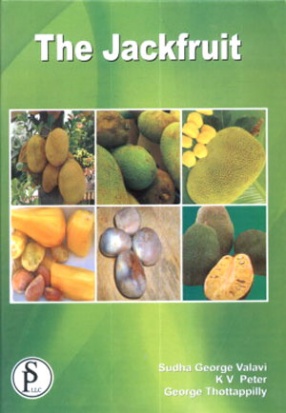

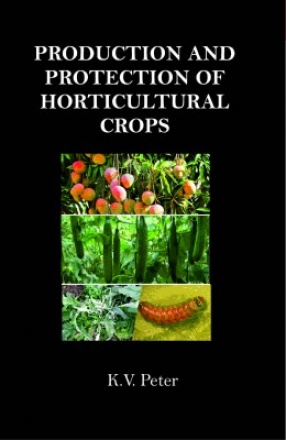
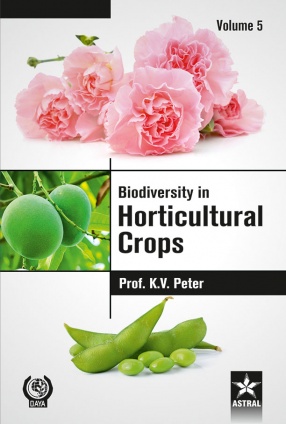

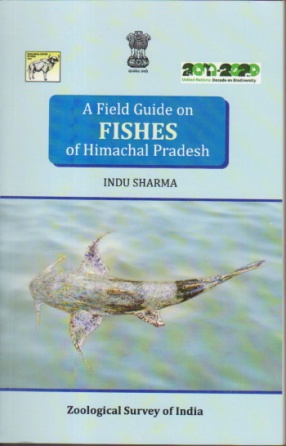
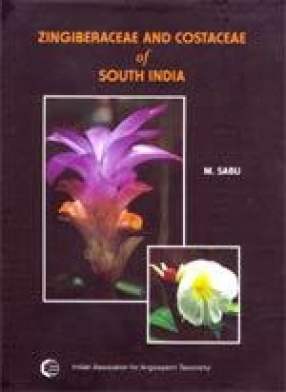
There are no reviews yet.